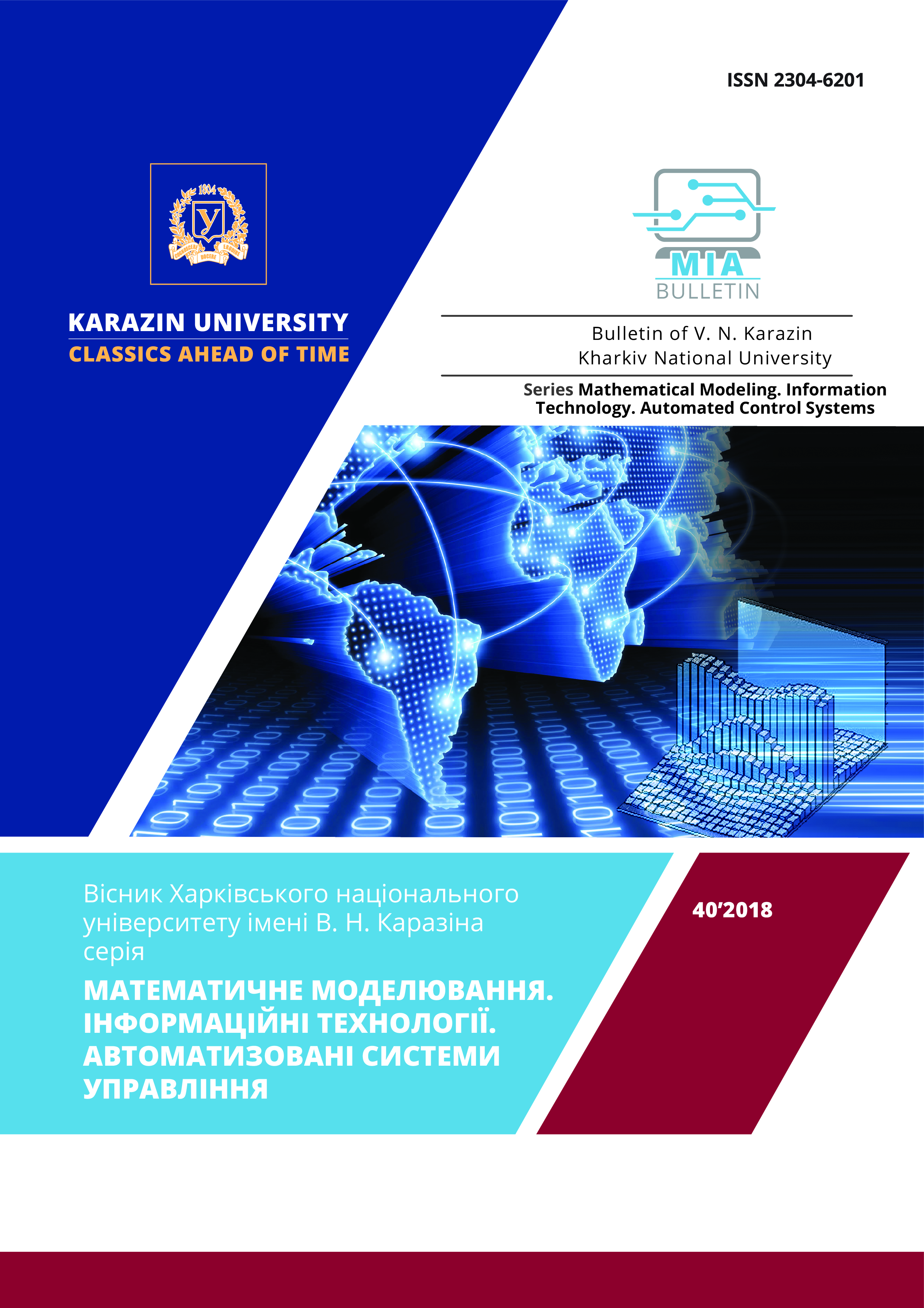Modeling the influence of electron beam energy distribution on quality of radiation processing
Abstract
The obtained values of most probable energy and practical range have been compared to values calculated according to the formula proposed by the internationally recognized documents. The presented results of the study are focused on the issue of the influence of electron beam energy spread on the depth dose distribution and practical range of electron beam in the irradiated material. The computational experiments have been performed using the Monte-Carlo simulation method for modeling the electron beam energy spectra and depth dose distributions of electrons in aluminum target. Obtained values of most probable energy Ep and practical range Rp have been compared to the values calculated according to formula proposed by the internationally recognized report. The value of a practical range of electrons Rp strongly depends on electron beam energy spread, even in case when value of most probable energy Ep of electrons in the beam is unchanged. Results of computer experiments show that in case of a large energy spread, and presence of asymmetry of electron energy distribution, the electrons energy can’t be determined properly by empirical formulas included to the international standards.
Downloads
References
/References
Z. Zimek, L.Waliś, A.G.Chmielewski, “EB Industrial facility for radiation sterilization of medical devices”. Radiat. Phys. Chem, vol.42, рр. 571–572. 1993.
Z.P. Zagórski, “Dependence of dept-dose distribution on the energy spectrum of 5 to 13 MeV electron beams”. Radiat. Phys. Chem, vol. 22, No 3-5. рр. 409–418, 1983.
V.T. Lazurik, V.M. Lazurik, G. Popov, Z. Zimek, “Determination of electron beam parameters on radiation-technological facility for simulation of radiation processing”. East European Journal of Physics, vol.1, No. 3. рр. 74–78, 2014.
V.M. Lazurik, V.T. Lazurik, G. Popov, Z. Zimek, “Two-parametric model of electron beam in computational dosimetry for radiation processing”. Radiat. Phys. Chem, vol. 124, рр. 230–234, 2016.
V.T. Lazurik, V.M. Lazurik, G. Popov, Z. Zimek, “Method of Dosimetry Based on a Two-Parametric Model of Electrons Beam for Radiation Processing”, Problems of Atomic Science and Technology, №6 (112), рр.137–141, 2017.
L. Pages, E. Bertel, H. Joffre, L. Sklavenitis, “Pertesd’energie, parcours et rendement de freinage pour less electrons de 10 keV à 100 MeV dans les elements simples et quelques composes chimiques”, Rapport CEA-R-3942, 1970.
Radiation dosimetry: electron beams with energies between 1 and 50 MeV, ICRU REP. 35, 1984. 160 p.
V.M. Lazurik, V.T. Lazurik, G. Popov, Yu. Rogov, Z. Zimek, Information System and Software for Quality Control of Radiation Processing. Book, Warsaw, Poland: IAEA Collaborating Center for Radiation Processing and Industrial Dosimetry, 2011.
ISO/ASTM Standard 51649, Practice for dosimetry in an e-beam facility for radiation processing at energies between 300 keV and 25 MeV, Annual Book of ASTM Standards, Vol. 12.02, 2005.
Zimek Z., Waliś L., Chmielewski A.G. 1993. EB Industrial facility for radiation sterilization of medical devices. Radiat. Phys. Chem. 1993. Vol.42. P. 571–572/
Zagórski Z.P. Dependence of dept-dose distribution on the energy spectrum of 5 to 13 MeV electron beams. Radiat. Phys. Chem. 1983. Vol. 22, No 3–5. Р. 409–418.
Lazurik V.T., Lazurik V.M., Popov G., Zimek Z. Determination of electron beam parameters on radiation-technological facility for simulation of radiation processing”. East European Journal of Physics. 2014. vol.1, No. 3. P. 74-78.
Lazurik V.M., Lazurik V.T., Popov G., Zimek Z. Two-parametric model of electron beam in computational dosimetry for radiation processing. .Radiat. Phys. Chem. 2016. Vol. 124, P.230–234.
Lazurik V.T., Lazurik V.M., Popov G., Zimek Z. Method of Dosimetry Based on a Two-Parametric Model of Electrons Beam for Radiation Processing. Problems of Atomic Science and Technology. 2017. №6 (112). P.137-141.
Pages L., Bertel E., Joffre H., Sklavenitis L. Pertesd’energie, parcours et rendement de freinage pour less electrons de 10 keV à 100 MeV dans les elements simples et quelques composes chimiques. Rapport CEA-R-3942, 1970.
ICRU REP, 35. Radiation dosimetry: electron beams with energies between 1 and 50 MeV. 1984, 160 p.
Information System and Software for Quality Control of Radiation Processing: book. / Lazurik V.M., Lazurik V.T., Popov G., Rogov Yu., Zimek Z. Warsaw, Poland: IAEA Collaborating Center for Radiation Processing and Industrial Dosimetry. 2011. 220 p.
ISO/ASTM Standard 51649. Practice for dosimetry in an e-beam facility for radiation processing at energies between 300 keV and 25 MeV. Annual Book of ASTM Standards. Vol. 12.02 (2005).




